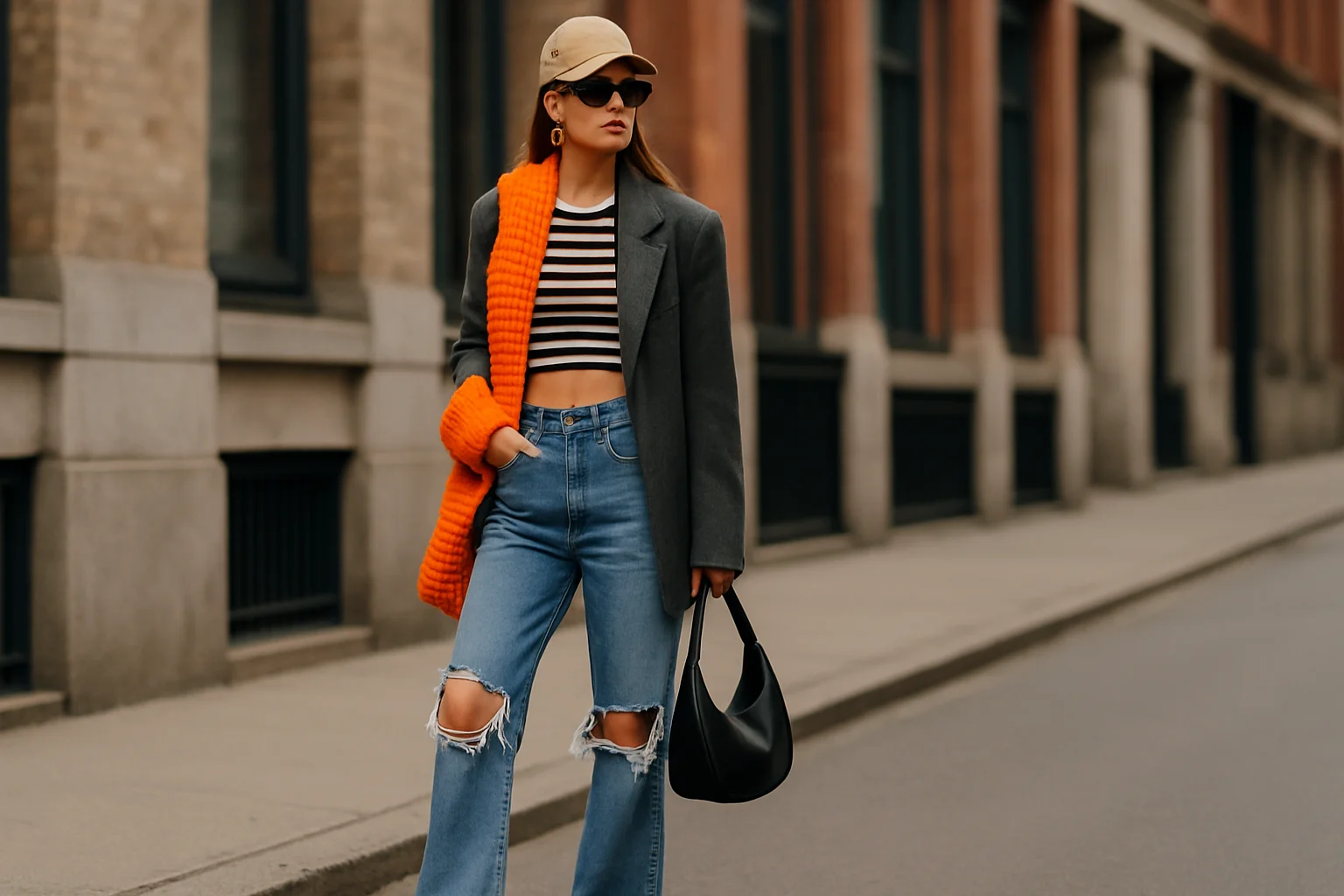
Understanding the Fashion Landscape of Today
The fashion world is evolving at an unprecedented pace, blending digital influence, sustainability, and individual expression into mainstream style. With each new season, the lines between high fashion and everyday wear become more blurred. What was once reserved for the runway now quickly makes its way into local shops and daily wardrobes. Trends are now dictated not only by designers but also by influencers, street style icons, and cultural movements that shape what we wear and how we express ourselves through clothing.
Today’s fashion is no longer a top-down affair. Social media platforms like Instagram and TikTok have democratized trendsetting, allowing users from all walks of life to contribute to global fashion movements. This shift has had a massive impact on what people choose to wear daily, as accessibility, relatability, and self-representation take center stage.
Major Trends Defining Modern Style
Several key trends have emerged that now define what modern dressing looks like. From gender-fluid silhouettes to nostalgic revivals, fashion has become more inclusive and expressive. Comfort has risen as a critical component, especially post-pandemic, influencing not only fabric choice but also garment structure and styling priorities.
- Oversized tailoring – relaxed blazers, wide-leg pants, and boxy silhouettes dominate both office and casual wear.
- Y2K revival – butterfly clips, low-rise jeans, and baby tees are back, catering to Gen Z’s fondness for early-2000s aesthetics.
- Techwear – functional, utility-inspired pieces with zippers, straps, and futuristic shapes are gaining popularity in urban settings.
- Dopamine dressing – bold colors and expressive patterns are used to boost mood and project individuality.
- Eco-conscious fashion – thrifted, upcycled, and sustainably produced items are no longer niche but mainstream.
These trends do more than dictate what’s sold in stores — they influence how people build confidence, navigate identity, and connect with communities through fashion choices.
The Role of Street Style and Influencers
Street style has arguably become as influential as traditional runway shows. Cities like Tokyo, Copenhagen, New York, and Seoul have become global fashion capitals not only for their designers but also for the unique way locals interpret and remix trends. Fashion influencers who document streetwear have elevated personal style into a form of digital storytelling that resonates with wide audiences.
This movement celebrates authenticity over perfection, pushing people to embrace creativity over conformity. Fashion blogs, vlogs, and social posts showcasing real-world outfits encourage followers to experiment and adapt trends to suit their own lifestyles. The effect is a fashion cycle that moves faster, yet feels more personal and relatable than ever before.
How Fashion Trends Affect Daily Dressing
Current trends are no longer something to observe from a distance. They’ve become part of our closets and daily decisions, from what we wear to work to how we dress for a casual outing. Even those who don’t consider themselves fashion-forward are likely engaging with trends in subtle ways — a certain sneaker, a favorite oversized hoodie, or the way layers are put together.
Practicality has become key. As trends become more functional and inclusive, they shape how we dress with comfort, convenience, and identity in mind. For example, wearing sneakers with suits, matching workout sets, or oversized sweatshirts with boots are just a few ways trends have redefined traditional ideas of dressing appropriately.
Sustainability and Minimalism on the Rise
In recent years, there has been a notable shift toward conscious consumerism. More individuals are choosing to invest in quality over quantity, aligning their wardrobes with minimalist principles and sustainable practices. Capsule wardrobes — built on versatile basics — are gaining traction, encouraging shoppers to buy smarter and wear longer.
- Neutral color palettes allow pieces to mix and match effortlessly.
- High-quality fabrics such as organic cotton and bamboo offer both comfort and longevity.
- Brands that offer transparency about sourcing and production practices are increasingly preferred.
- Second-hand fashion is now considered chic, thanks to curated thrift stores and online resale platforms.
This approach challenges the fast-fashion cycle and encourages a more thoughtful relationship with clothing, which in turn influences what is deemed stylish and acceptable in everyday settings.
Tech Integration and Digital Fashion Influence
Technology is becoming an integral part of how fashion is experienced and consumed. Virtual try-ons, AI-assisted styling, and even digital-only fashion pieces for avatars and metaverse platforms are reshaping how people engage with clothing. As virtual identities become more relevant, particularly among younger generations, digital fashion is no longer futuristic — it’s already here.
Simultaneously, apps and social platforms provide instant feedback loops on fashion choices. A single outfit post can go viral and influence shopping behaviors around the world. Tech-driven fashion is fostering a new level of interaction and engagement, expanding the boundaries of what style can be.
The Future of Personal Style in a Trend-Saturated World
As trends continue to evolve rapidly, one of the most exciting developments is the return to personal expression. People are embracing what works for them rather than following every trend to the letter. The abundance of styles available today gives individuals the freedom to curate their own aesthetic from a diverse set of influences, making modern fashion both complex and liberating.
Whether influenced by sustainability, comfort, nostalgia, or technology, today’s fashion trends are shaping how we present ourselves to the world. The key takeaway is that fashion is no longer about strict rules or seasonal collections — it’s about adaptability, experimentation, and authenticity. This shift ensures that everyday style will continue to reflect not just what’s trending, but who we are and what we value in the modern era.
Leave a Reply